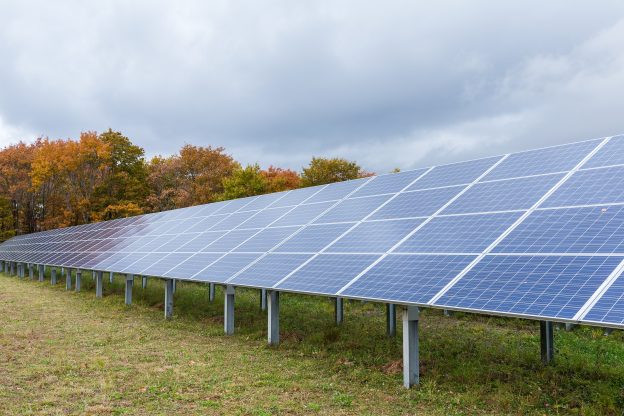 |
Conversion efficiency of PV products keeps improving. Accordingly, China’s National Energy Administration (NEA) has set new criteria for “high efficiency PV products.” Power output of 60-cell multi-si PV modules is required to reach 255W, while the requirement for high efficiency mono-si PV modules is 260W. Products with efficiency higher than the criteria will enjoy additional support.
In NEA’s 2015 announcement No.194 (No. 194), the new requirements for multi-si and mono-si PV cells’ conversion efficiencies are respectively 15.5% and 16%. According to these indexes, power output of 60-cell PV modules shall be higher than respectively 255W and 260W. The new indexes have become effective since June 1st. Furthermore, NEA keeps prompting the "Top Runner Program," which encourages PV projects to use products with advanced technology and better performance. PV projects utilizing PV modules consisting of multi-si PV cells with efficiency higher than 16.5%, or mono-si cells with efficiency higher than 17%, will enjoy priority to construct, build or operate demonstration PV sites or to demonstrate innovative applications. The efficiency thresholds designated by the Pilot Program indicate even higher standards of 60-cell PV modules – 270W power out for multi-si modules and 275W for mono-si modules. Most manufacturers are happy to see the new indexes.
Many PV manufacturers continue improving power efficiency of PV products. So far, it is easy to see 60-cell multi-si Pv modules with power output ranging between 255W to 260W. PV manufacturers with strong technology have already unveiled multi-si PERC PV modules with power output as high as 275W to 280W, which is higher than No.194’s requirements. The new definition and supportive policy for high efficiency products will be effective on PV projects approved in the second half of 2015. Thus, the announcement of No. 194 will not have any impact on this year’s full-year demand.
PV manufacturers that are unable to satisfy the new requirement will be eliminated from the PV industry, while makers with better technology or research abilities will be able to keep improving. Most insiders regard the new definition as a helpful policy to create a healthier industry environment.
This week’s spot prices
The PV supply chain’s supply and demand became more balanced during the past week, yet the surplus supply of polysilicon remained. Although polysilicon vendors longed for clearing backlog through the stronger demand, but it is not as expected. Some Chinese polysilicon manufacturers therefore are planning to develop solar power plant to create more channels for selling their polysilicon products. As a result, quote of polysilicon dropped 0.64% to US$15.5/kg.
Spot prices of wafers fluctuated during this week. The first-tier wafer manufacturers tried to stabilize the price downturn, but second-tier manufacturers reduced their spot prices. High efficiency multi-si wafers’ spot price slightly decreased 0.37% down to US$0.815/piece, and mono-si wafer’s spot price remained at US$1.005/piece.
Quote of high efficiency multi-si PV modules raised 0.33% to US$0.307/W thanks to continuous orders and strong demand to high efficiency products. Quotes of standard multi-si PV cells made in Taiwan and China both increased, respectively up to US$0.29/W and US$0.288/W.
Stronger demand for constructing large-scale PV power plants infused into demand for PV modules, leading to rise of average spot prices. On basis of the new definition of standard/high efficiency PV modules, 260W multi-si PV modules’ spot price was US$0.535/W, and 270~275W mono-si PV modules’ spot price was US$0.61/W.
(Photo Credit: Oregon Department of Transportation via Flickr)






